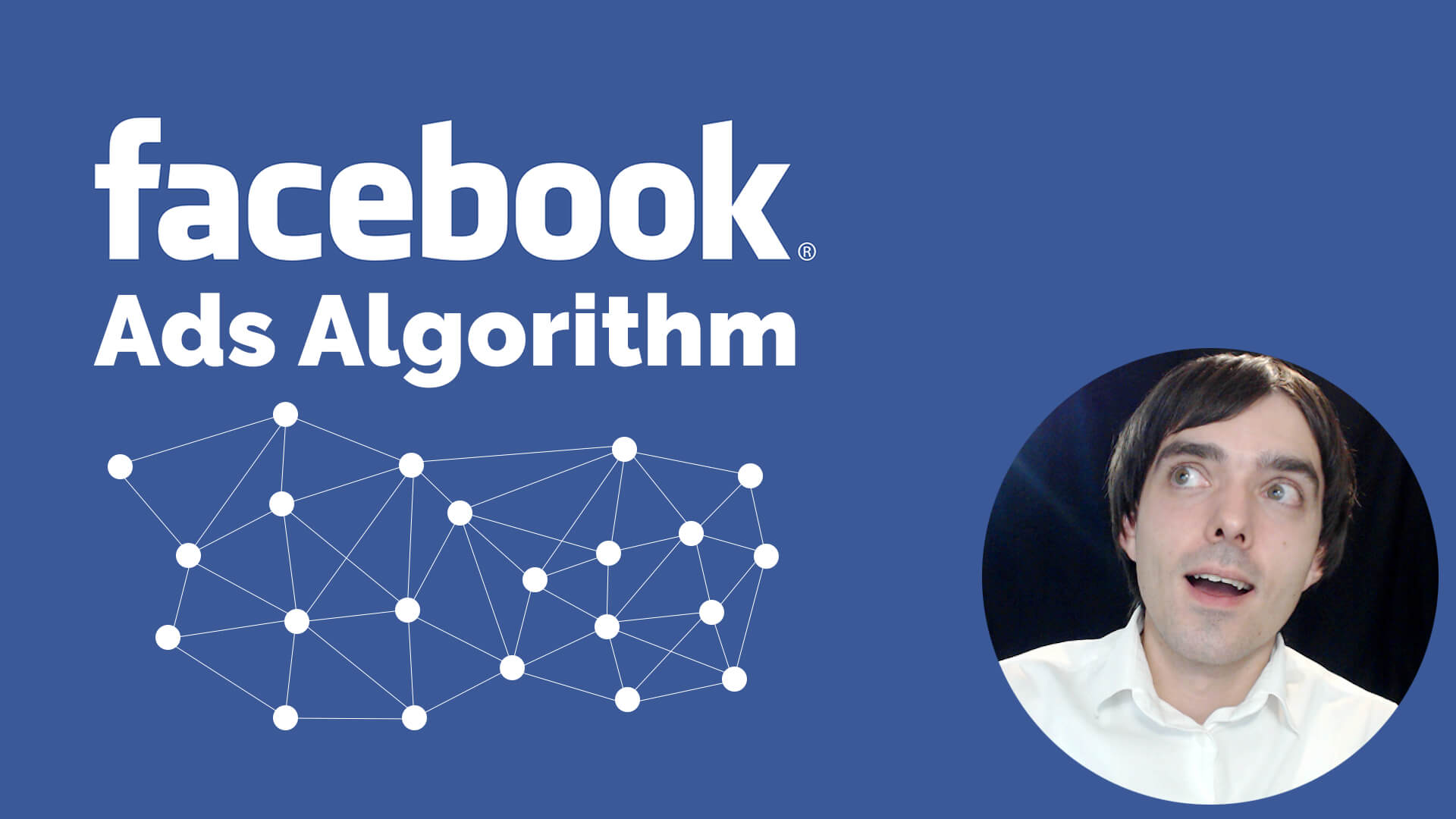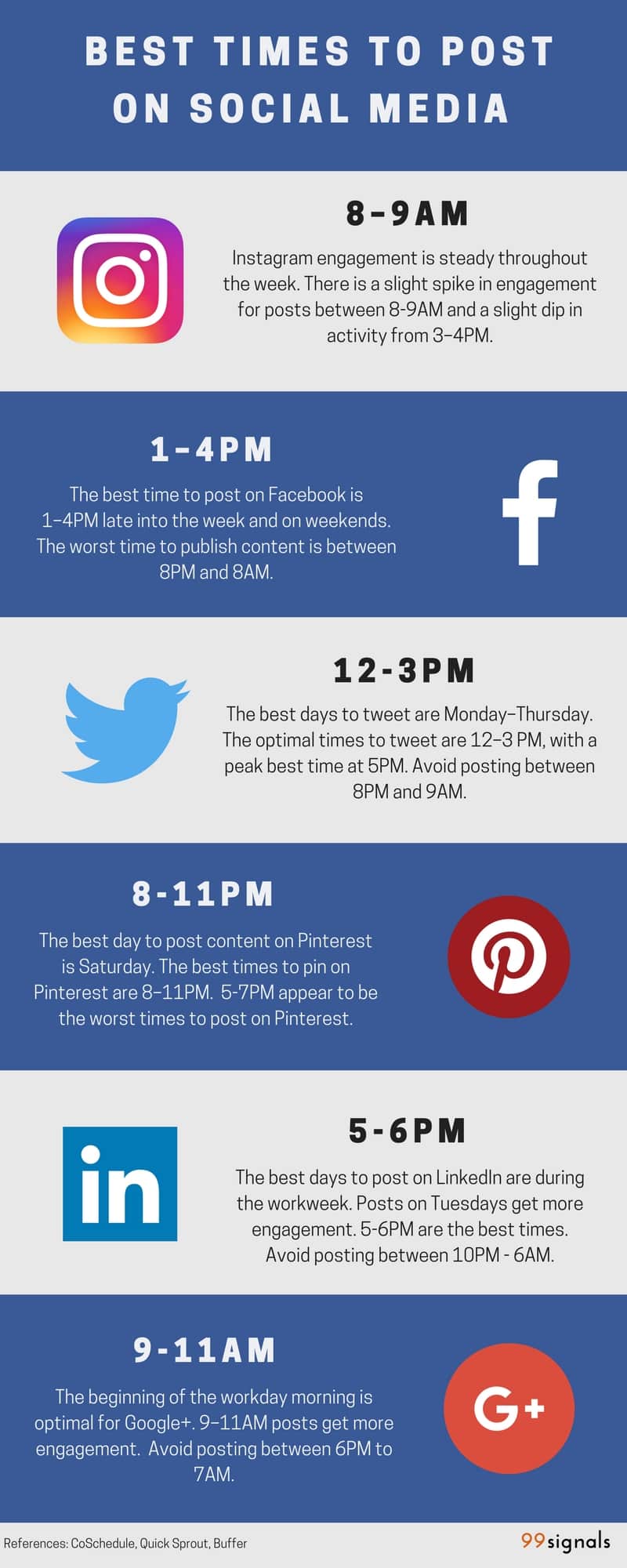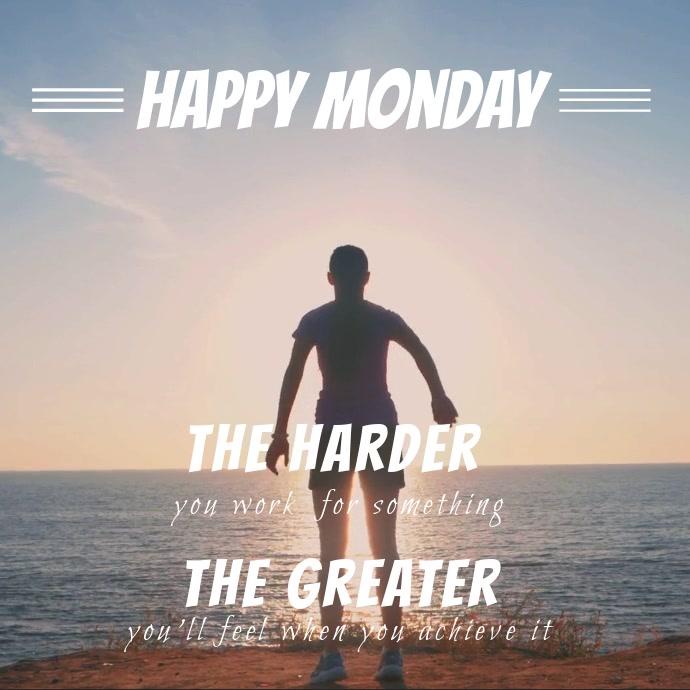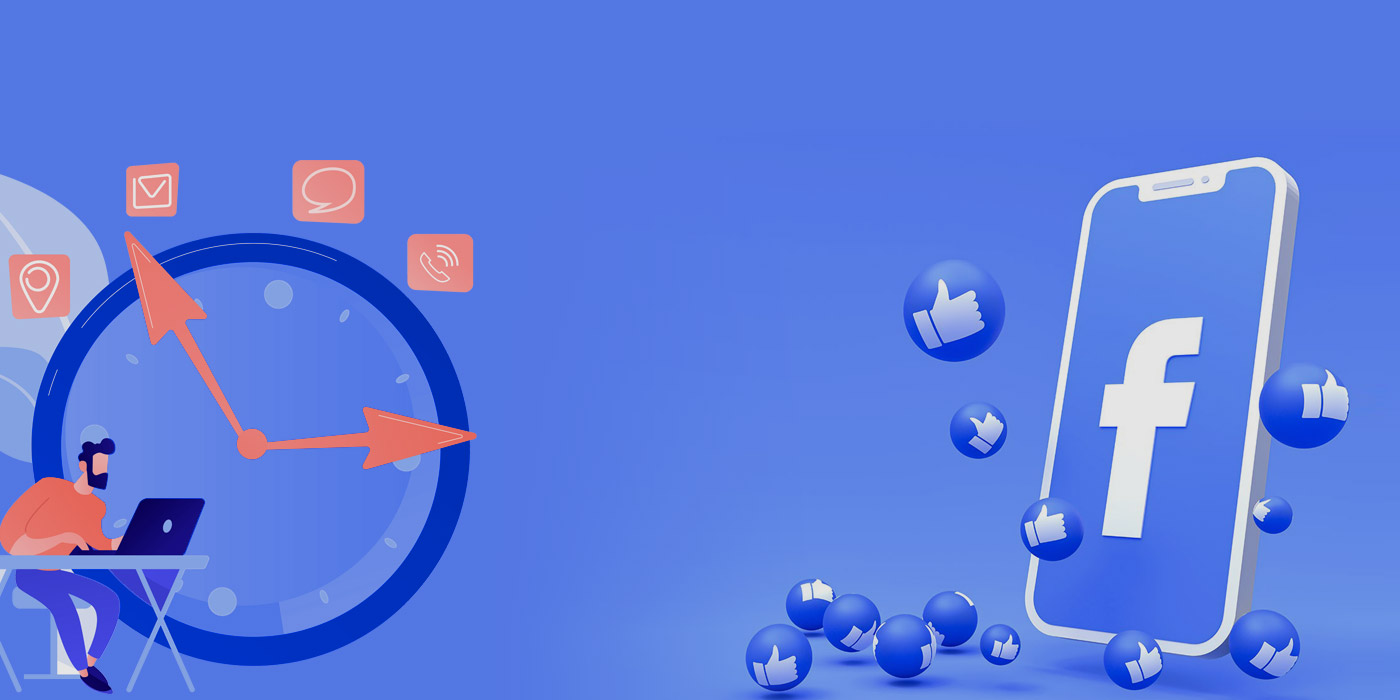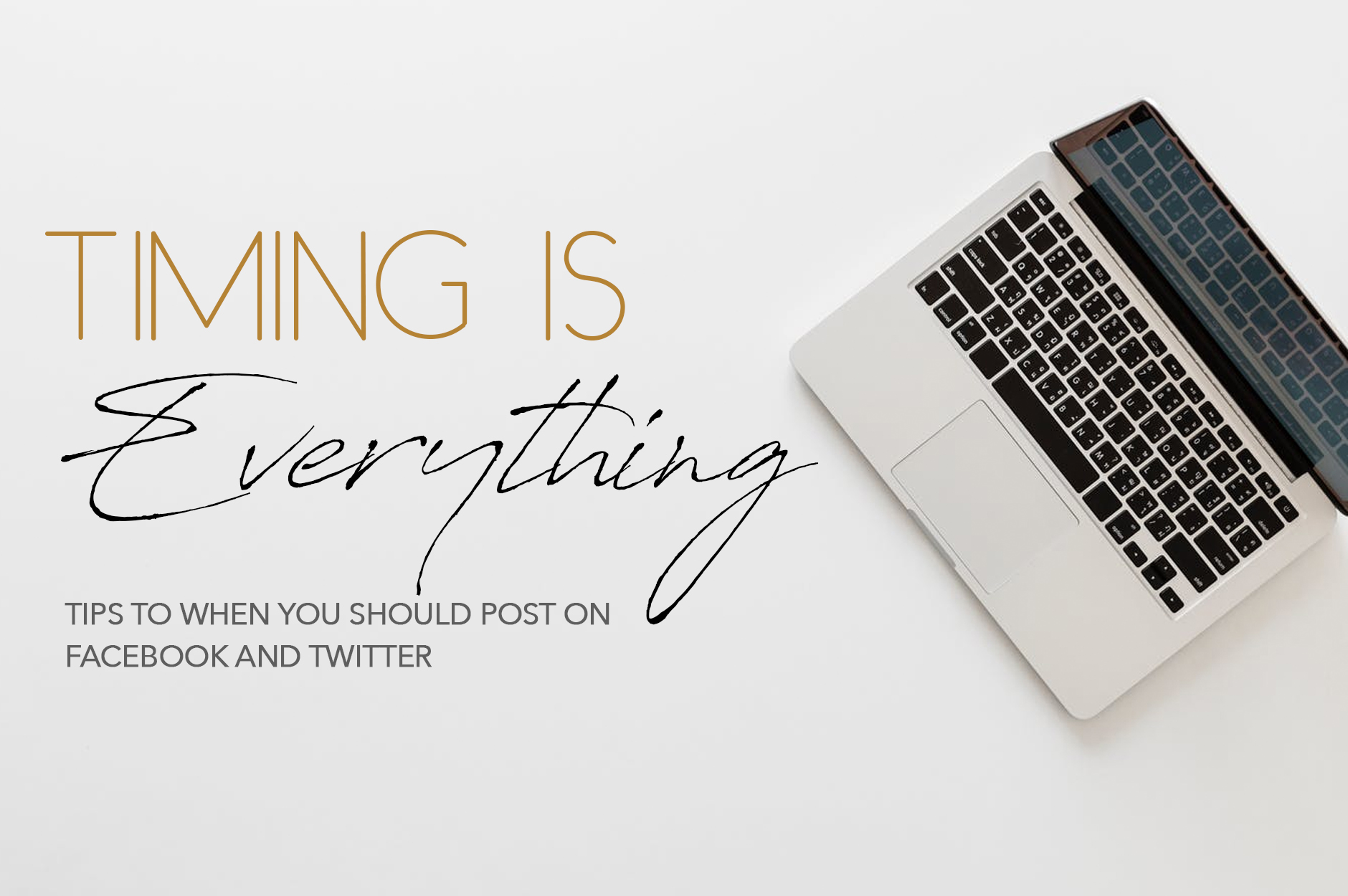Understanding Facebook’s Algorithm and User Behavior
Facebook’s algorithm is a complex system that determines the order and visibility of posts in a user’s News Feed. The algorithm takes into account a variety of factors, including the user’s past interactions with the content, the type of content, and the user’s preferences. Understanding how the algorithm works is crucial to maximizing engagement on Facebook.
One of the key factors that affects post engagement is timing. Posting at the right time can increase the visibility of your content and boost engagement. However, posting at the wrong time can lead to lower engagement rates and a decrease in visibility. So, what are the worst days to post on Facebook?
Research has shown that posting on certain days of the week can lead to lower engagement rates. For example, posting on Mondays can be a mistake, as it is often considered the worst day to post on Facebook. This is because Mondays are typically busy days, and users are less likely to engage with content. On the other hand, posting on Thursdays and Fridays can lead to higher engagement rates, as users are more likely to be relaxed and engaged.
But timing is not the only factor that affects post engagement. User behavior also plays a crucial role. For example, users are more likely to engage with content that is visually appealing, such as videos and images. Additionally, users are more likely to engage with content that is relevant to their interests and preferences.
So, how can you use this information to maximize engagement on Facebook? By understanding the algorithm and user behavior, you can create content that is tailored to your audience’s needs and preferences. You can also use Facebook Insights to determine the best and worst times to post for your specific audience.
By taking the time to understand Facebook’s algorithm and user behavior, you can create a content strategy that drives engagement and boosts your online presence. Whether you’re a business or an individual, maximizing engagement on Facebook is crucial to achieving your online goals.
The Worst Days to Post on Facebook: A Data-Driven Analysis
When it comes to posting on Facebook, timing is everything. Posting on the wrong day can lead to lower engagement rates and a decrease in visibility. But what are the worst days to post on Facebook? According to a study by Sprout Social, the worst day to post on Facebook is Monday, with an average engagement rate of 2.5%. This is likely due to the fact that Mondays are typically busy days, and users are less likely to engage with content.
Other days of the week that tend to have lower engagement rates include Tuesdays and Wednesdays, with average engagement rates of 2.7% and 2.8%, respectively. On the other hand, Thursdays and Fridays tend to have higher engagement rates, with averages of 3.1% and 3.2%, respectively.
But what about the time of day? When is the worst time to post on Facebook? According to a study by Hootsuite, the worst time to post on Facebook is between 3pm and 4pm, when engagement rates tend to be lowest. This is likely due to the fact that users are often busy with work or other activities during this time.
On the other hand, the best time to post on Facebook is between 12pm and 1pm, when engagement rates tend to be highest. This is likely due to the fact that users are often on their lunch break during this time and are more likely to engage with content.
It’s also worth noting that the worst day to post on Facebook can vary depending on your specific audience. For example, if your audience is primarily composed of students, you may find that posting on Mondays is actually a good idea, as students tend to be more active on social media during the week.
Ultimately, the key to maximizing engagement on Facebook is to understand your audience and post at times when they are most likely to be active and engaged. By using data and analytics to inform your posting schedule, you can increase your engagement rates and reach a wider audience.
How to Avoid Posting on the Worst Days: A Step-by-Step Guide
To avoid posting on the worst days and maximize engagement on Facebook, it’s essential to use Facebook Insights and other tools to determine the best and worst times to post for your specific audience. Here’s a step-by-step guide to help you get started:
Step 1: Access Facebook Insights
Facebook Insights is a powerful tool that provides detailed information about your page’s performance, including engagement rates, reach, and audience demographics. To access Facebook Insights, log in to your Facebook page and click on the “Insights” tab.
Step 2: Analyze Your Engagement Rates
Once you’re in Facebook Insights, navigate to the “Posts” tab and analyze your engagement rates for each day of the week. Look for patterns and trends in your data to determine which days tend to have lower engagement rates.
Step 3: Identify Your Audience’s Time Zone
Facebook Insights also provides information about your audience’s time zone. This is essential to determine the best times to post for your specific audience. Look for the “Time Zone” section in the “Audience” tab to determine the time zone of your audience.
Step 4: Use Facebook’s Built-in Scheduling Tool
Facebook’s built-in scheduling tool allows you to schedule posts in advance, ensuring that you avoid posting on the worst days. To access the scheduling tool, click on the “Publishing Tools” tab and select “Schedule Posts.”
Step 5: Experiment and Adjust
Finally, experiment with different posting schedules and adjust your strategy based on your data. Use Facebook Insights to track your engagement rates and adjust your posting schedule accordingly.
By following these steps, you can avoid posting on the worst days and maximize engagement on Facebook. Remember, timing is everything on Facebook, and using the right tools and strategies can help you reach a wider audience and increase engagement rates.
The Impact of Posting on Weekends: A Closer Look
When it comes to posting on Facebook, the weekend is often considered a gray area. While some businesses and individuals swear by posting on weekends, others claim that it’s a waste of time. But what does the data say?
According to a study by Socialbakers, posting on weekends can actually lead to higher engagement rates than posting on weekdays. The study found that posts published on Sundays and Saturdays tend to have higher engagement rates than posts published on Mondays and Tuesdays.
However, it’s essential to note that the type of content you post on weekends can greatly impact engagement rates. For example, posting light-hearted, entertaining content on weekends can be an excellent way to engage with your audience. On the other hand, posting serious or promotional content may not be as effective.
Another factor to consider when posting on weekends is the level of competition. Since many businesses and individuals tend to take the weekend off, posting on weekends can be a great way to stand out from the crowd and increase visibility.
But what about the worst day to post on Facebook? Is it a weekend day? According to the data, the worst day to post on Facebook is actually Monday, not a weekend day. This is likely due to the fact that Mondays are typically busy days, and users are less likely to engage with content.
Ultimately, the decision to post on weekends depends on your specific audience and content strategy. If you’re looking to increase engagement and reach a wider audience, posting on weekends may be a good option. However, if you’re looking to avoid the worst day to post on Facebook, it’s best to steer clear of Mondays.
Why Posting on Mondays Can Be a Mistake
Monday mornings are often considered the worst time to post on Facebook. According to a study by Sprout Social, Mondays tend to have the lowest engagement rates of any day of the week. But why is this the case?
One reason is that Mondays are typically busy days, with people returning to work or school after the weekend. As a result, users may be less likely to engage with content on Facebook, as they are focused on getting back into their routine.
Another reason is that Mondays tend to be a high-competition day on Facebook. Many businesses and individuals post content on Mondays, hoping to kick off the week with a bang. However, this increased competition can make it harder for your content to stand out and get noticed.
Additionally, Mondays are often considered a “reset” day, where people are looking to start fresh and tackle new tasks. As a result, they may be less interested in engaging with content that is not directly related to their goals or interests.
So, what can you do instead? Consider posting on other days of the week, such as Thursdays or Fridays, when engagement rates tend to be higher. You can also experiment with posting at different times of day, such as during lunch breaks or in the early evening, when users may be more likely to engage with content.
Ultimately, the key to maximizing engagement on Facebook is to understand your audience and post at times when they are most likely to be active and engaged. By avoiding Mondays and experimenting with other days and times, you can increase your chances of success and reach a wider audience.
The Best Times to Post on Facebook: A Contrarian Approach
While many businesses and individuals focus on posting during peak hours, such as lunch breaks or early evenings, a contrarian approach can actually lead to higher engagement rates. By posting during off-peak hours, you can avoid the competition and reach a wider audience.
One of the best times to post on Facebook is during the late morning or early afternoon, when engagement rates tend to be higher. This is because many users are taking a break from work or school and are more likely to engage with content.
Another effective strategy is to post during the evening, when users are winding down and are more likely to engage with content. This can be especially effective for businesses that target a younger demographic, as they tend to be more active on Facebook during the evening hours.
Facebook’s built-in features can also be used to increase engagement and reach a wider audience. For example, Facebook Live allows businesses to broadcast live video to their audience, which can be an effective way to increase engagement and build a community.
Facebook Stories is another feature that can be used to increase engagement. By posting behind-the-scenes content or sneak peeks, businesses can create a sense of exclusivity and encourage users to engage with their content.
Ultimately, the key to maximizing engagement on Facebook is to understand your audience and post at times when they are most likely to be active and engaged. By taking a contrarian approach and using Facebook’s built-in features, you can increase your chances of success and reach a wider audience.
Using Facebook’s Built-in Features to Boost Engagement
Facebook offers a range of built-in features that can help businesses and individuals boost engagement and reach a wider audience. Two of the most effective features are Facebook Live and Facebook Stories.
Facebook Live allows users to broadcast live video to their audience, which can be an effective way to increase engagement and build a community. By using Facebook Live, businesses can create a sense of urgency and encourage users to engage with their content in real-time.
Facebook Stories is another feature that can be used to increase engagement. By posting behind-the-scenes content or sneak peeks, businesses can create a sense of exclusivity and encourage users to engage with their content. Facebook Stories can also be used to share user-generated content, which can help to build trust and credibility with the audience.
Another effective way to use Facebook’s built-in features is to use Facebook Groups. By creating a Facebook Group, businesses can build a community around their brand and encourage users to engage with their content. Facebook Groups can also be used to share exclusive content and offer special promotions to group members.
Finally, businesses can use Facebook’s built-in analytics tools to track their engagement rates and understand what types of content are resonating with their audience. By using these tools, businesses can refine their content strategy and optimize their posts for maximum engagement.
By using Facebook’s built-in features, businesses can increase engagement and reach a wider audience. Whether it’s through Facebook Live, Facebook Stories, or Facebook Groups, there are many ways to use Facebook’s features to boost engagement and build a community around your brand.
https://www.youtube.com/watch?v=7DukqeDFmgM
Conclusion: Timing is Everything on Facebook
When it comes to maximizing Facebook engagement, timing is crucial. Understanding Facebook’s algorithm and user behavior is essential to determining the best and worst times to post. By analyzing data and research, it’s clear that certain days and times tend to have lower engagement rates, making them the worst days to post on Facebook. Mondays, in particular, may not be the best day to post due to lower engagement rates and increased competition.
On the other hand, posting during off-peak hours and using Facebook’s built-in features, such as Facebook Live and Stories, can help increase engagement and reach a wider audience. By using Facebook Insights and other tools, page administrators can determine the best and worst times to post for their specific audience and adjust their strategy accordingly.
While it may be tempting to post on weekends, the data suggests that engagement rates tend to be lower on Saturdays and Sundays. However, this doesn’t mean that posting on weekends is always a bad idea. By understanding the pros and cons of posting on weekends and using Facebook’s built-in features, page administrators can make informed decisions about their posting strategy.
In conclusion, timing is everything on Facebook. By understanding the worst days to post on Facebook and using Facebook’s built-in features, page administrators can increase engagement, reach a wider audience, and ultimately achieve their marketing goals. By avoiding the worst days to post and posting at the right times, page administrators can maximize their Facebook engagement and get the most out of their social media marketing efforts.

